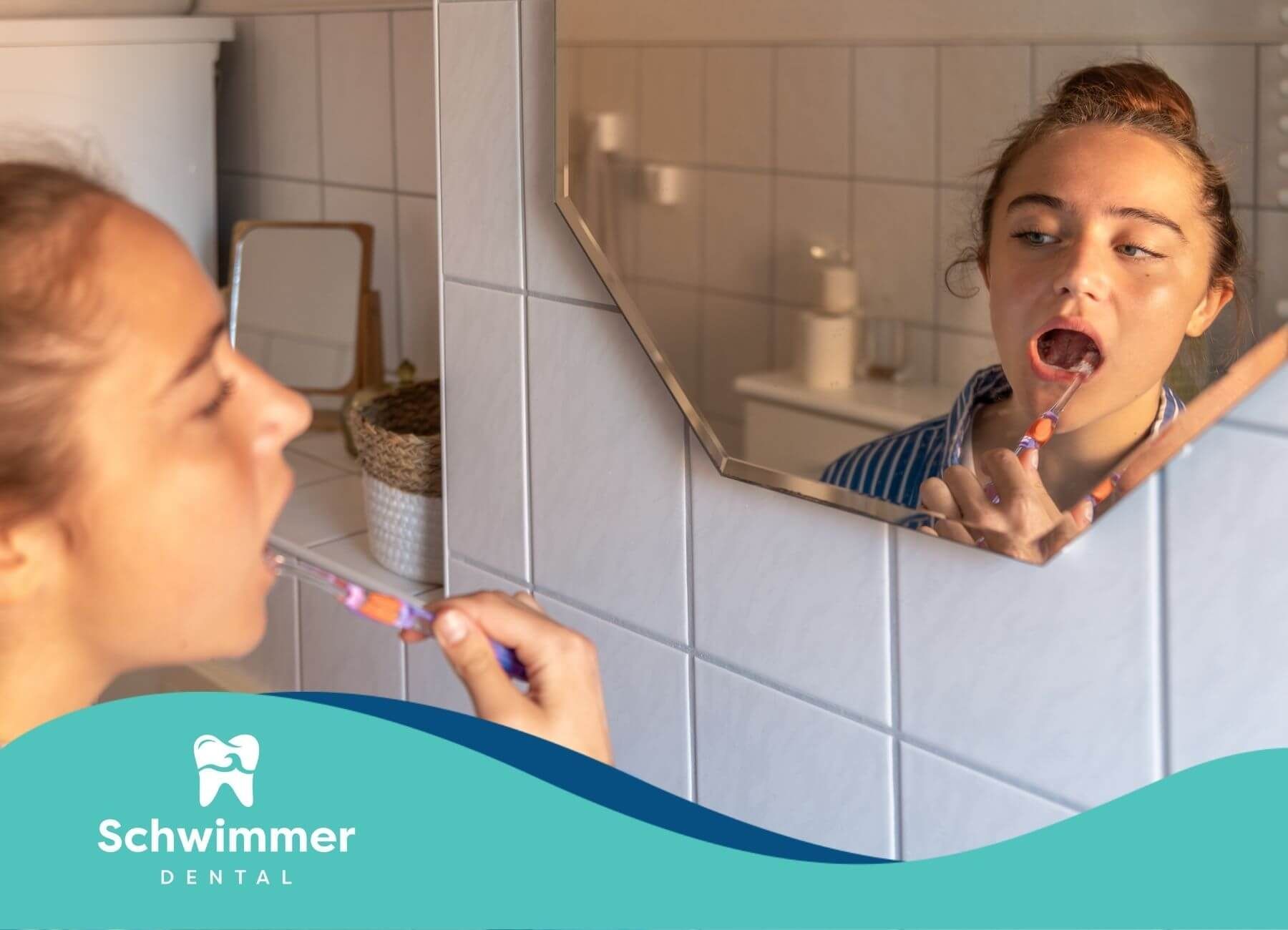Weighing the Ceramic Braces Pros and Cons for Your Family
When families weigh ceramic braces pros and cons, they focus on how clear brackets blend with tooth color. This discreet look appeals to adults and teens, but drawbacks like staining and higher costs deserve careful thought. This article reviews benefits and limitations across aesthetic appeal, durability, treatment time, cost, and care requirements.
Evaluate Aesthetic Appeal
What makes ceramic braces so appealing? They feature tooth-colored brackets and wires that blend with enamel. Patients often avoid the “metal mouth” look while straightening teeth.
Discreet Visibility
Ceramic brackets use clear or tooth-colored polycrystalline alumina material. This blend makes them nearly invisible from a distance, and it appeals to working professionals and older teens who want a mature smile.
Stain Susceptibility
Unlike metal braces, ceramic systems rely on clear ligatures that can absorb pigments over time. Common culprits include:
- Coffee, tea, and red wine
- Dark sodas and berries like blackberries
- Tomato-based sauces and beetroot
Regular band replacements help maintain a clean appearance, and avoiding these foods can limit discoloration.
Compare Durability And Strength
Ceramic braces tend to be more brittle than metal options, so they require careful handling. Breakage can lead to additional appointments, which may extend total treatment time.
Material Brittleness
Ceramic brackets handle normal orthodontic forces, but they crack more easily under heavy pressure. Studies indicate they are more than twice as likely to fracture compared to steel brackets.
Replacement Frequency
Because ceramic brackets can chip or loosen, patients often need extra repair visits. Each replacement adds time at the orthodontist’s office and may slightly delay overall progress.
Examine Treatment Time
Treatment length with ceramic braces generally aligns with metal options, but friction and repairs can play a minor role in timing. Overall, patients should plan for an average course of one and a half to three years.
Friction And Movement
Metal braces create more friction against wires than ceramic ones, which some studies suggest could improve tooth movement speed. However, treatment duration remains similar regardless of material, thanks to advances in wire technology.
Adjustment Schedule
Most orthodontists schedule check-ups every four to eight weeks to tighten wires and address any broken brackets. Ceramic systems demand the same routine care, with extra attention paid to potential bracket damage.
Consider Cost Variations
Ceramic braces often carry a higher price tag than traditional metal brackets. Families should budget for both upfront fees and any additional costs related to repairs or ligature replacements.
Initial Investment
A typical ceramic braces treatment ranges from $3,000 to $7,000, while metal braces cost about $1,700 to $6,000 for a full course of care, including visits and retainers.
| Cost Element | Ceramic Braces | Metal Braces |
|---|---|---|
| Treatment Range | $3,000–$7,000 | $1,700–$6,000 |
| Band Replacement | Additional fees | Included in plan |
| Retainer Included | Yes | Yes |
Insurance Support
Some dental plans cover a portion of ceramic braces when they classify them as cosmetic. Coverage varies by policy, so families should verify benefits before starting treatment.
Manage Maintenance And Care
Ceramic braces require diligent hygienic routines and lifestyle adjustments to protect both bracket integrity and appearance. Consistent care helps avoid staining and unexpected breakages.
Hygiene Recommendations
- Brush after every meal using a soft-bristle brush
- Floss gently with orthodontic threaders daily
- Use a fluoride mouthwash to help prevent decay
These habits reduce plaque buildup around brackets and ligatures, preserving both oral health and aesthetics.
Dietary Restrictions
Hard, sticky, or crunchy foods pose risks to ceramic systems. Patients should avoid:
- Nuts, chips, and pretzels
- Caramel, gum, and chewy candies
- Hard fruits and raw vegetables
These items can damage brackets or get lodged under wires, leading to emergency visits.
Conclusion
Ceramic braces offer a compelling mix of aesthetics and effectiveness, making them a strong option for image-conscious patients. At the same time, families must weigh higher costs, potential staining, and a slightly increased risk of breakage. By evaluating these factors alongside personal priorities and consulting with an orthodontist, parents and individuals can choose a treatment path that aligns with both smile goals and lifestyle needs.
At Schwimmer Dental, we help patients of all ages choose the best orthodontic option in Point Pleasant Beach, NJ—ceramic, traditional, or clear aligners—based on your smile goals, lifestyle, and budget.
Schedule a consultation today and discover if ceramic braces are the right fit for you or your child. Let’s create a confident, healthy smile together.
Frequently Asked Questions
Are ceramic braces better than metal braces?
Ceramic braces are less visible than metal braces, but they may be slightly more fragile. Both are effective; the best choice depends on appearance preferences and treatment complexity.
Do ceramic braces stain easily?
The brackets themselves are stain-resistant, but elastic ties can discolor over time. Avoiding foods like coffee and curry and maintaining good oral hygiene helps reduce staining.
How much do ceramic braces cost compared to metal braces?
Ceramic braces typically cost more than metal braces averaging $4,000 to $8,000 depending on treatment length and insurance coverage. Many dental offices offer payment plans to make care affordable.
SOURCES:
https://www.healthline.com/health/ceramic-braces
https://www.medicalnewstoday.com/articles/ceramic-braces
https://www.colgate.com/en-ph/oral-health/adult-orthodontics/are-ceramic-braces-right-for-you-
https://www.webmd.com/oral-health/what-to-know-about-ceramic-braces
https://my.clevelandclinic.org/health/treatments/23568-clear-braces



